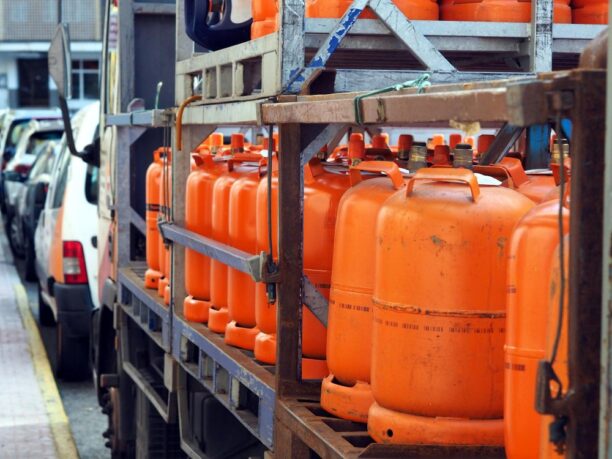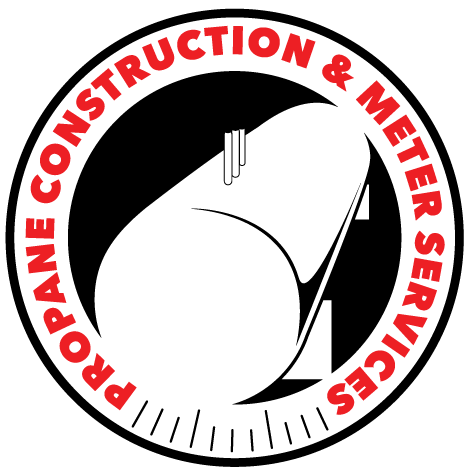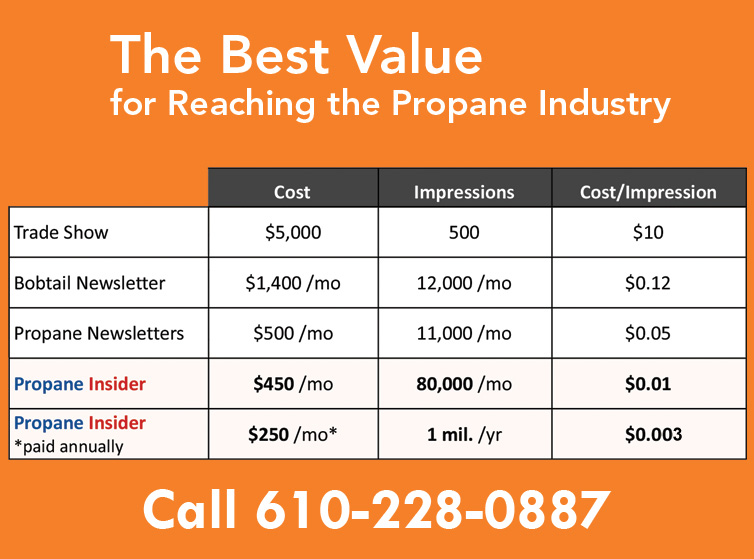Preparing for Propane Supply Challenges in 2025: Key Issues and Strategies

As 2024 prepares to come to a close, propane industry leaders are already turning their attention to the supply challenges that 2025 may bring. From global market shifts to infrastructure hurdles, understanding the factors that could impact propane availability is crucial for distributors, marketers, and end-users alike. This article explores the key supply concerns for the upcoming year and strategies that businesses can adopt to navigate these challenges effectively.
Global Market Volatility and Its Impact on Supply
The propane industry remains closely tied to global energy markets, making it vulnerable to international market fluctuations. Factors such as geopolitical tensions, shifts in natural gas production, and changes in energy policies among major exporting nations can all affect propane availability and prices.
For instance, ongoing disruptions in European energy supplies have led to increased global demand for liquefied petroleum gas (LPG), including propane. This demand is likely to keep upward pressure on prices and contribute to tighter supplies in 2025, directly impacting U.S. markets. As global dynamics evolve, propane businesses need to stay prepared for potential price volatility and supply fluctuations.
Strategy: Diversify Supply Sources
By diversifying supply sources and maintaining strong relationships with both local and international suppliers, propane companies can better manage supply risks. This approach ensures greater flexibility when market conditions shift unexpectedly.
Domestic Infrastructure Challenges
Despite being a significant producer of propane, the U.S. faces infrastructure constraints that can complicate distribution, especially during peak demand periods. Limited pipeline capacity, rail availability, and road transportation bottlenecks are all factors that can delay propane deliveries, particularly in regions that rely heavily on propane for heating during winter.
Recent weather-related disruptions have underscored these challenges, and with the potential for severe winter conditions in 2025, infrastructure bottlenecks could pose significant issues for propane distributors.
Strategy: Invest in Strategic Storage Solutions
Building additional storage facilities near high-demand areas and investing in seasonal stockpiling can help mitigate the impact of these constraints. This allows businesses to maintain inventory closer to customers, reducing the risk of shortages during peak periods.
Shifts in Domestic Production Patterns
Propane production is closely linked to natural gas and crude oil outputs. As production patterns shift due to economic conditions and changing energy policies, propane supplies can be affected. For example, a decrease in natural gas drilling could reduce the amount of propane produced, leading to tighter supplies.
Moreover, the transition toward renewable energy sources may impact investment in traditional fossil fuel extraction, indirectly influencing propane production. As 2025 approaches, propane businesses need to be aware of these shifts and plan accordingly.
Strategy: Focus on Demand Forecasting
Accurate demand forecasting allows propane businesses to better manage inventory and prepare for potential supply disruptions. Monitoring trends in natural gas and oil production can help companies anticipate changes and maintain steady service for their customers.
Labor Shortages in Key Roles
The shortage of qualified drivers for propane delivery trucks continues to be a challenge, particularly during the winter heating season when demand peaks. The specialized nature of transporting hazardous materials like propane means that finding drivers with the necessary certifications remains difficult.
With 2025 on the horizon, the propane industry must address this issue to ensure that customers receive timely deliveries, especially in colder regions where propane is a critical energy source.
Strategy: Enhance Recruitment and Training Initiatives
Investing in driver training programs and offering competitive benefits can help attract and retain qualified drivers. By prioritizing training for new recruits and offering career advancement opportunities, propane companies can help address this ongoing shortage.
Regulatory Changes
Environmental regulations are expected to continue evolving in 2025, with an increasing focus on reducing emissions and enhancing safety standards. These regulations can impact the production, transportation, and storage of propane, leading to potential disruptions in supply.
For propane companies, staying compliant with new rules while maintaining service levels can be challenging. However, preparing for these changes can also create opportunities for operational improvements.
Strategy: Stay Ahead with Sustainability Initiatives
By proactively investing in cleaner technologies and adapting to new regulations, propane businesses can ensure compliance while also improving their environmental impact. This might involve upgrading delivery fleets or exploring renewable propane options.
Looking Ahead to 2025: Staying Resilient in a Changing Market
As propane businesses look to 2025, they must remain agile and adaptable in the face of potential supply challenges. While global market trends, infrastructure issues, and regulatory changes pose certain hurdles, they also offer opportunities for innovation. By focusing on diversification, strategic planning, and technology investment, propane companies can ensure they are prepared to meet the demand and thrive in the coming year.
















